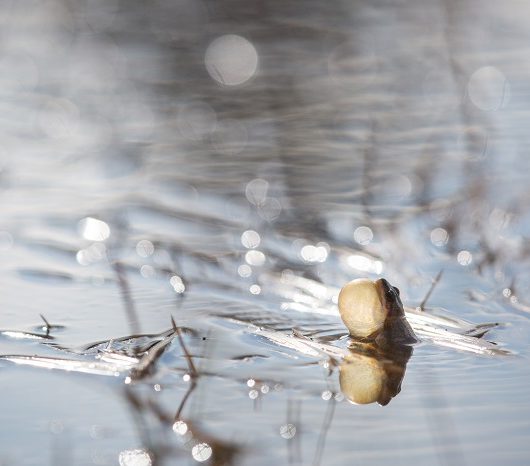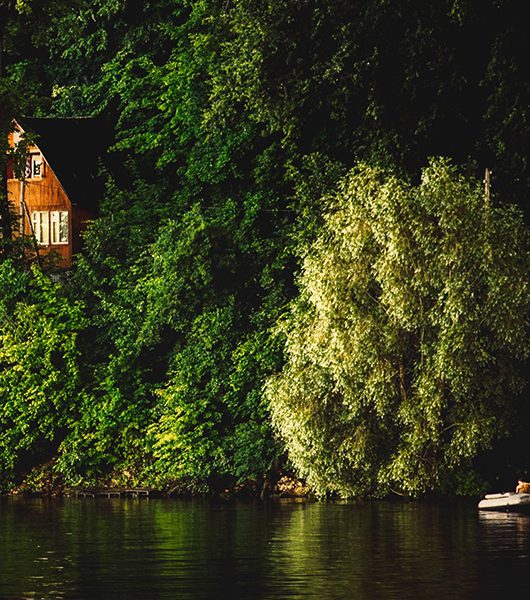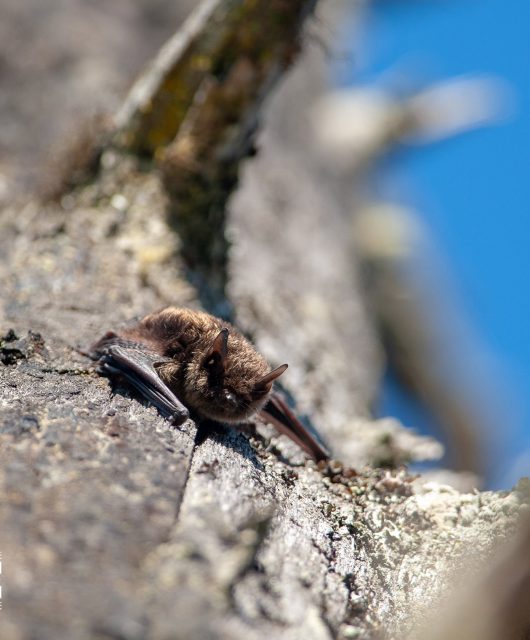Losing a pet is always hard.
Pets become part of our families and the death of one can be heart-breaking. Is it possible, though, that some pets can outlive their welcome? A pet turtle is often purchased when the turtle is a small and adorable hatchling. That cute hatchling will grow, require a larger aquarium, and can live for many, many years. A Red-eared Slider, the common pet shop turtle, can live for more than 25 years in captivity. How do I know that?
Well, let me tell you a story…

On July 3, 1996, my wife and I were driving south of Ottawa when we came across a turtle trying to cross a busy road. We rescued the turtle before it was hit by a car and the turtle pulled its head in to hide in its shell. The turtle was the size of a Painted Turtle, but the colour and shape of the shell were wrong for that species. Eventually, the turtle stuck its neck out and the long red stripe behind each eye became visible. It was a Red-eared Slider, a species not native to Canada.

The Slider is native to the southern USA and has been popular in the pet trade for decades. If the hatchlings survive, then they keep growing and can reach 30 centimetres in shell length. A turtle that size requires an aquarium at least a metre in length and half a metre wide, plenty of water, a basking platform, a heater and a UV light. Maintaining a large Slider is a big commitment. Given the amount of work required, many people will eventually try to find a new home for their pet Slider. And that is hard to do given the work involved in maintaining a large turtle. There are some animal rescue shelters that will take unwanted Sliders, but they are often at full capacity as there are far more unwanted Sliders than there are people who want to adopt an adult Slider that may live several decades. Often, the Slider is just released in the nearest pond or wetland. As a result, the Slider is now the most widespread turtle in the world.
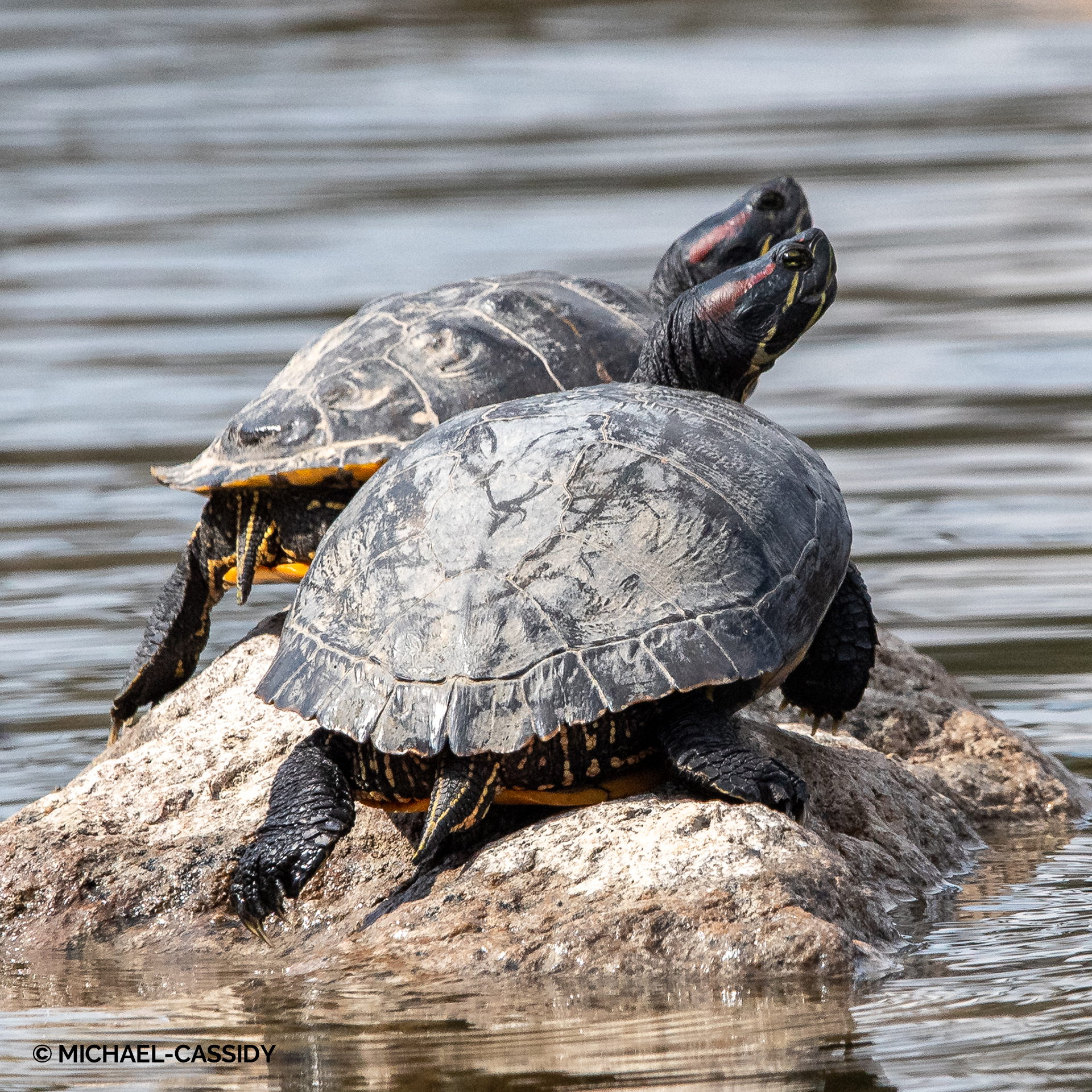
Sliders have been released into the wild on every continent except Antarctica. In Canada, there are over 3,000 observations on iNaturalist, with reports from British Columbia to Nova Scotia. In the warmer parts of these areas, Sliders can successfully breed in the wild, including southern British Columbia and southern Ontario.
Back in 1996 when we found the Red-eared Slider crossing the road, we didn’t know all of those things, but we did know it was an exotic species in Canada. We knew he was likely a released pet and was heading for the Rideau River. He did not belong in the wild and so we opted to take him home with us. We named the turtle Lucky, because he was lucky not to get hit by a car on that busy road. Now it is 28 years later and we still have Lucky. Maintaining a turtle for almost 30 years is a big job. Sliders can possibly live for more than 50 years, so I have to wonder if Lucky will outlive me.
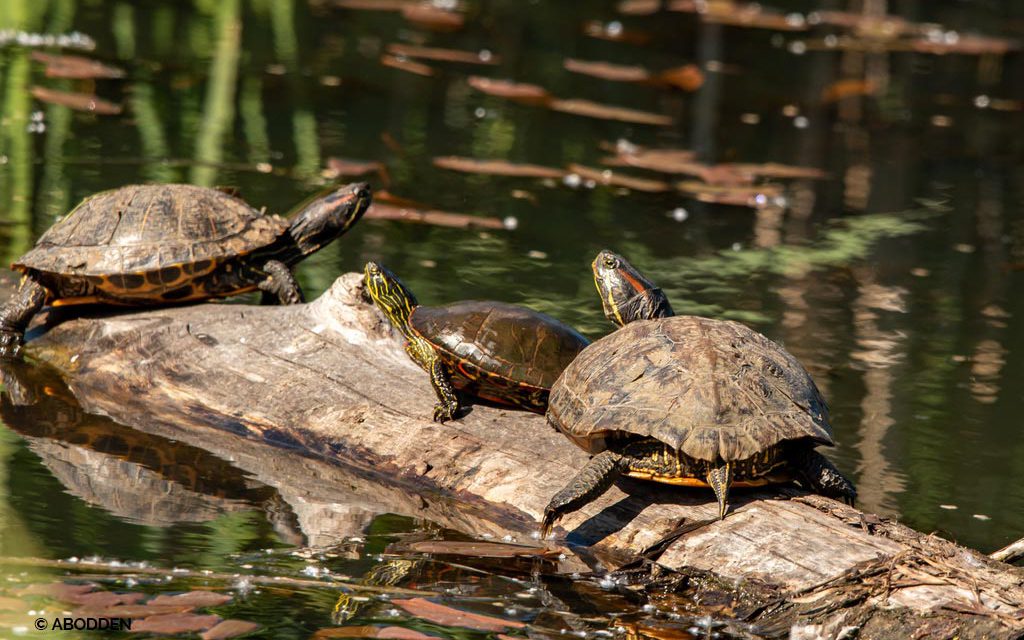
Getting a pet turtle can be a wonderful experience, but it is a long-term commitment. And that’s not just true of Red-eared Sliders. Most species can live for decades in captivity if well cared for. If you really want a pet turtle, consider adopting an adult Slider that needs a good home. Just remember that the turtle may be your companion for the next 30 years.

